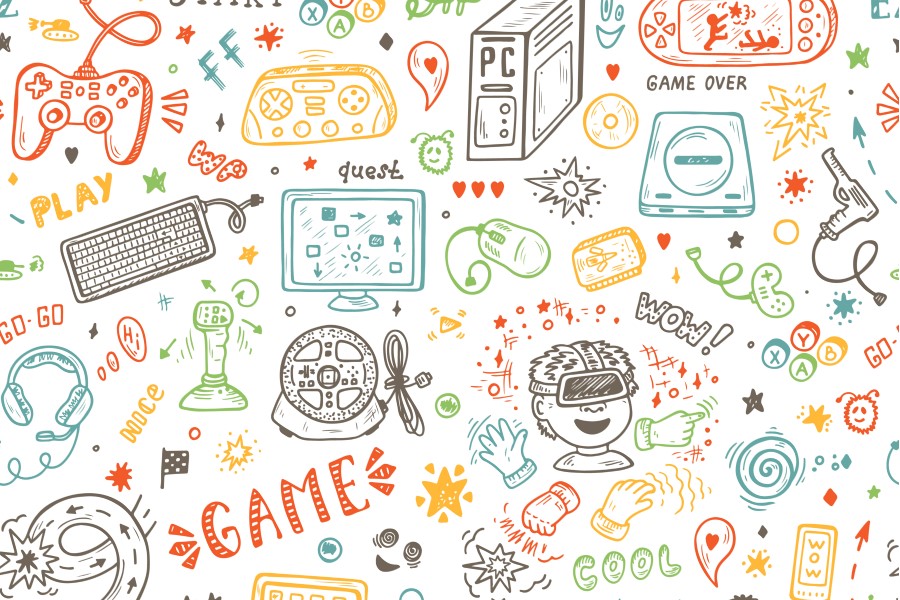How to use gamification to motivate and inspire employees

This is especially true in the realm of ‘gamification’, which appears to be the latest innovation in the world of employee engagement. However, I argue this has already been used – to great effect – for many years.
It’s in our blood
Humans have a predisposition to gaming – child psychologists and educationalists point to how children develop social skills via play and games, while we have all heard the (now disputed) quote: “The Battle of Waterloo was won on the playing fields of Eton”. Plus, what is a flight simulator for pilot training if not a game?
In my opinion, the trend we are seeing now for using games in the workplace comes from two specific developments.
The first is a better understanding of how humans learn, especially the impact of kinaesthetic learning, or “learning through experience”. An obvious example is learning to ride a bike – we don’t study the technique in a book, do we? We try it out, fall off a few times, graze our knees and cry. Yet, we eventually master it. This type of learning has obvious benefits for the workplace, as it helps imbed training and knowledge. After all, the famous teacher Confucius is supposed to have said: “I hear and I forget, I see and I remember, I do and I understand.”
The second development is around the creation of virtual reality systems and portable simulators. When it comes to role plays or scenario walk-throughs, such training methods have a long list of issues, from the time required to set up a situation to be reasonably realistic and the need for constant input from other participants, to the ability to deal with changes in direction and difficulty in suspending disbelief. However, these new technologies remove such problems, while games can be loaded on to laptops, tablets and phones for instant use almost anywhere. Games can also be used individually or collaboratively if required, with the very best of them being totally immersive.
In the workplace
So, what do businesses want to use games for? Answers tend to include:
- to develop new skills
- to reinforce process
- to imbed knowledge
- to change behaviours.
With any of these, it is recognised simply as passing out instructions – be it via written words or even a presentation – and is likely to have limited success.
So, to be useful in this aspect, any use of gaming needs to be fun, action packed and engaging, and, done properly, its use for training can help a business invigorate and motivate employees.
Games can simulate the real world without the associated risks, allowing employees to gain problem-solving skills and experience of difficult situations while in a safe environment. Plus, with modern processes and technology, it’s relatively easy to run situations repeatedly so employees can gain experience of various outcomes from their actions and decisions, building ‘muscle memory’ to help them apply it in the real world.
Most people find playing games interesting, enjoyable and motivating, so their use in training has a duel benefit – being a) an engagement tool, and b) a means of providing staff development.
In practice
An area where games are increasingly being used is in health and wellbeing. Through competition and recognition elements, it’s possible for games to motivate employees towards healthy lifestyle choices. Again, this isn’t a new idea – many businesses in the past will have used aspects of games to motivate staff in this way (i.e. step challenges, weight-loss competitions, sponsored events etc). The key difference now is the use of technology, which has created potential for regular, updated feedback.
Using smartphone apps or similar computer-based programmes, it is possible for employees to compete in real time and over multiple locations. Comments from the app can also help set up a positive feedback loop so engaged employees – competing either individually or in teams – are continually encouraged to improve their health through exercise, diet and lifestyle choices.
In a world where games are increasingly being used by people of all ages for entertainment, it makes perfect sense businesses should use aspects of gaming to encourage, motivate and inspire employees.
Author is Ed Watling, employee benefits consultant (healthcare) at Mattioli Woods.
This article was provided by Mattioli Woods.







